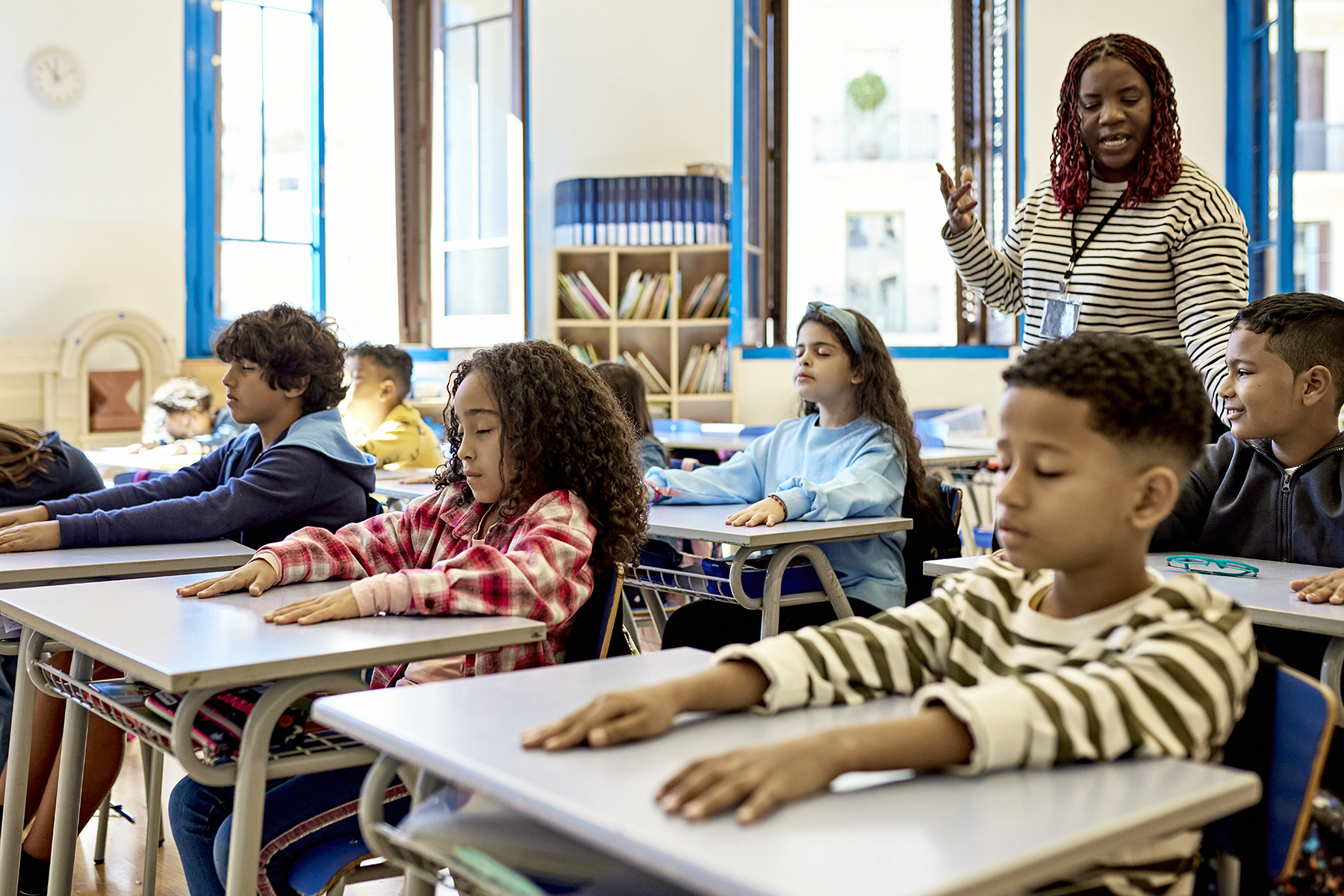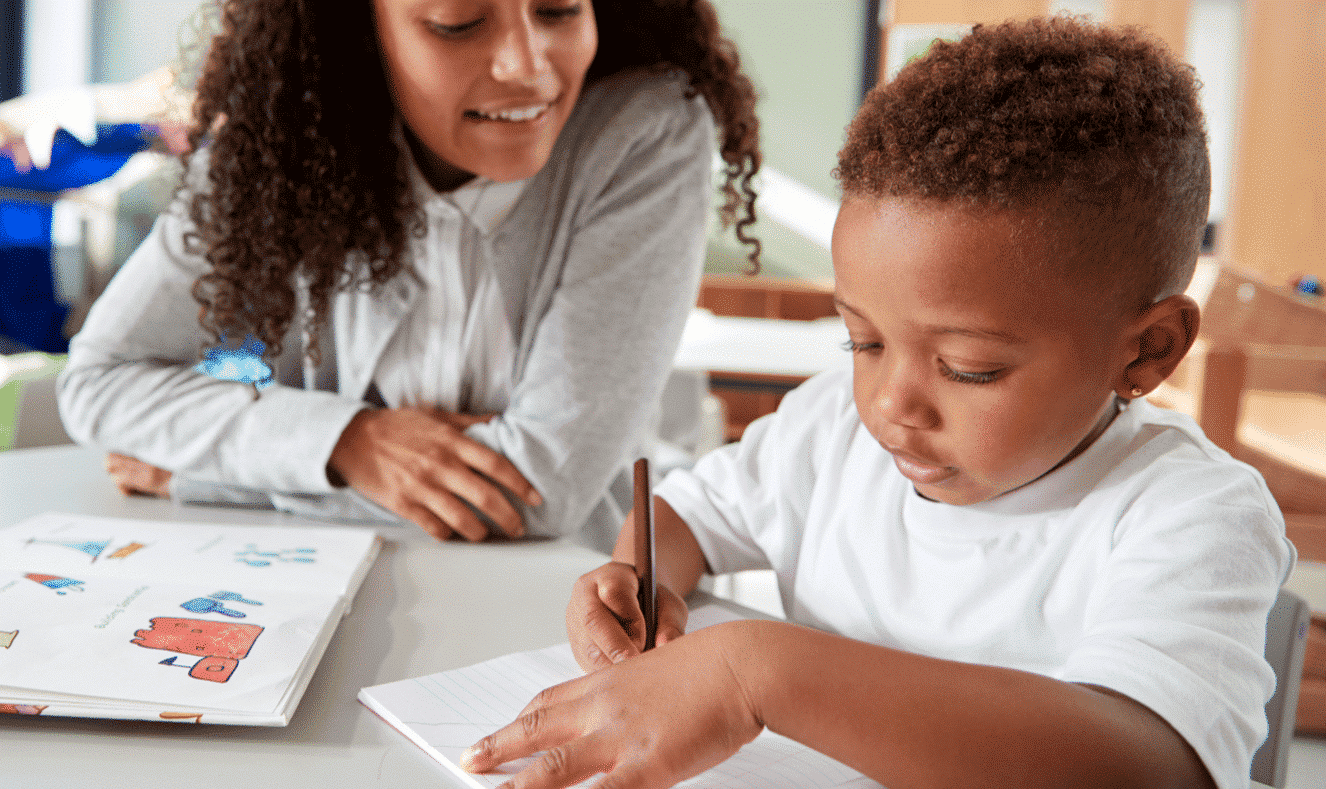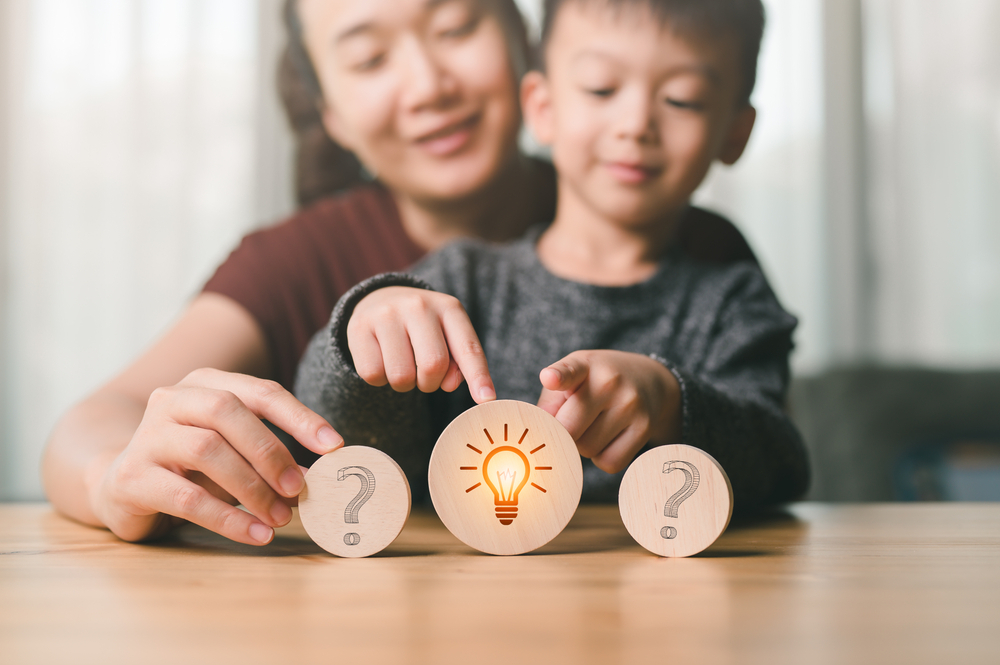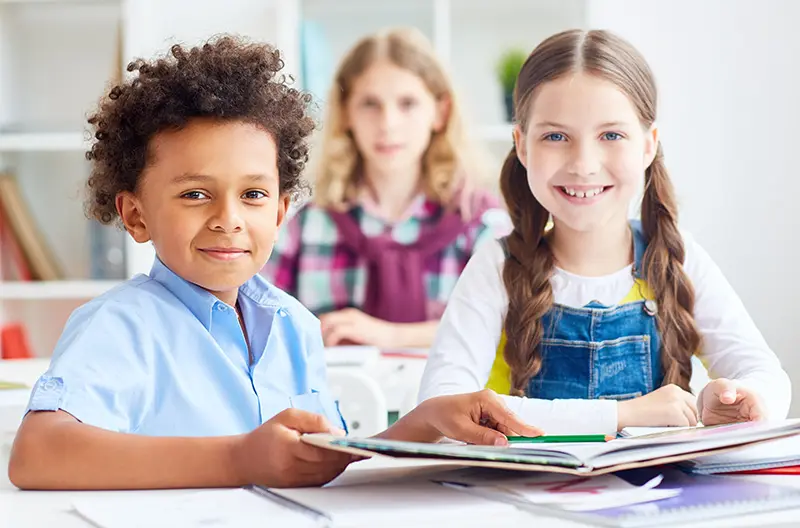Understanding Learning Disabilities
Learning disabilities are a diverse group of neurological disorders that can affect an individual’s ability to process, store, and retrieve information. These challenges can manifest in various ways, such as difficulties with reading, writing, mathematics, or even social interactions. Children with learning disabilities often face significant academic and personal hurdles, which can impact their overall well-being and self-confidence.
READ ALSO :
Recognizing the unique needs of children with learning disabilities is crucial, as it enables us to provide tailored support and interventions to help them thrive. One such approach that has shown remarkable promise is the integration of mindfulness exercises into the learning process.
What are Mindfulness Exercises?
Mindfulness is the practice of being present, attentive, and non-judgmental in the moment. Mindfulness exercises, such as deep breathing, meditation, and sensory awareness activities, can help individuals cultivate a greater sense of focus, self-regulation, and emotional resilience.
When applied to the context of learning disabilities, mindfulness exercises can offer a powerful tool for enhancing cognitive abilities, improving attention and concentration, and fostering a more positive and resilient mindset.
Benefits of Mindfulness Exercises for Children with Learning Disabilities
The integration of mindfulness exercises into the lives of children with learning disabilities can yield a multitude of benefits, including:
- Improved Attention and Focus: Mindfulness exercises can help children with learning disabilities develop the ability to concentrate more effectively, reducing distractions and improving their capacity to engage with learning materials.
- Enhanced Self-Regulation: Mindfulness exercises can teach children to better manage their emotions, impulses, and stress levels, enabling them to approach learning tasks with greater composure and resilience.
- Increased Cognitive Flexibility: Mindfulness practices can enhance the brain’s ability to adapt and think creatively, which can be particularly beneficial for children with learning disabilities who may struggle with rigid thinking patterns.
- Improved Academic Performance: By addressing the underlying cognitive and emotional challenges associated with learning disabilities, mindfulness exercises can lead to tangible improvements in academic achievement and overall learning outcomes.
- Heightened Self-Awareness and Confidence: Mindfulness exercises can help children with learning disabilities develop a greater understanding of their own strengths, weaknesses, and unique learning styles, empowering them to advocate for their needs and celebrate their successes.
The Science Behind Mindfulness and Learning Abilities
Numerous scientific studies have explored the relationship between mindfulness and cognitive function, highlighting the profound impact that mindfulness can have on learning abilities. Research has shown that mindfulness exercises can:
- Enhance the brain’s executive functions, such as working memory, cognitive flexibility, and inhibitory control.
- Increase the volume and density of gray matter in brain regions associated with attention, emotional regulation, and learning.
- Improve the efficiency and connectivity of neural pathways, facilitating more effective information processing and learning.
- Reduce stress, anxiety, and negative emotions, which can otherwise impede cognitive performance and learning.
By understanding the scientific underpinnings of mindfulness and its impact on the brain, we can better appreciate the transformative potential of these exercises for children with learning disabilities.
Incorporating Mindfulness Exercises into Daily Routines
Integrating mindfulness exercises into the daily routines of children with learning disabilities can be a powerful and practical approach to enhancing their learning abilities. Here are some strategies for incorporating mindfulness into their lives:
- Dedicated Mindfulness Practice: Set aside a specific time each day for children to engage in mindfulness exercises, such as guided meditations, breathing techniques, or sensory awareness activities.
- Mindful Transitions: Encourage children to practice mindfulness during transitions between activities, such as before starting homework or after a break, to help them refocus and prepare for the next task.
- Mindful Movement: Incorporate mindful movement exercises, like yoga or tai chi, into their physical activity routines to promote body awareness, coordination, and emotional regulation.
- Mindful Technology Use: Establish guidelines for mindful technology use, such as limiting screen time or encouraging children to be present and attentive during digital activities.
- Mindful Classroom Practices: Work with educators to integrate mindfulness exercises into the classroom setting, ensuring a consistent and supportive learning environment.
Mindfulness Exercises for Different Learning Disabilities
While the core principles of mindfulness can benefit children with various learning disabilities, it’s essential to tailor the exercises to their specific needs and challenges. Here are some examples of mindfulness exercises that can be particularly helpful for different types of learning disabilities:
Dyslexia
- Sensory awareness exercises that focus on the senses of touch, sight, and sound to enhance phonological awareness and language processing.
- Guided visualizations that help children create mental representations of words and concepts.
ADHD
- Breath-focused exercises to improve attention and impulse control.
- Movement-based mindfulness activities, such as mindful walking or yoga, to channel excess energy and enhance focus.
Dyscalculia
- Mindful number awareness exercises that encourage children to engage with numbers and mathematical concepts in a non-judgmental way.
- Visualization techniques to help children create mental representations of mathematical relationships and problem-solving strategies.
Dysgraphia
- Mindful writing exercises that focus on the physical sensations of the writing process, promoting better fine motor control and self-awareness.
- Mindful drawing or coloring activities to enhance hand-eye coordination and spatial awareness.
By tailoring mindfulness exercises to the specific needs of children with different learning disabilities, we can maximize the benefits and ensure a more personalized and effective approach to enhancing their learning abilities.
Practical Tips for Implementing Mindfulness Exercises
Introducing mindfulness exercises into the lives of children with learning disabilities can be a transformative experience, but it requires a thoughtful and consistent approach. Here are some practical tips to help you get started:
- Start Small: Begin with short, manageable mindfulness exercises and gradually increase the duration and complexity as children become more comfortable and proficient.
- Make it Engaging: Incorporate age-appropriate and interactive elements, such as storytelling, music, or nature-based activities, to make mindfulness exercises more appealing and enjoyable for children.
- Involve the Family: Encourage parents and caregivers to participate in mindfulness exercises alongside the children, fostering a supportive and consistent environment.
- Collaborate with Educators: Work closely with teachers and school staff to integrate mindfulness practices into the classroom setting, ensuring a cohesive and comprehensive approach to supporting children’s learning needs.
- Monitor and Adapt: Regularly assess the effectiveness of the mindfulness exercises and be prepared to make adjustments based on the individual needs and progress of each child.
- Celebrate Successes: Recognize and celebrate even the smallest achievements, as this can help build children’s confidence and reinforce the benefits of mindfulness.
By following these practical tips, you can create a nurturing and empowering environment that empowers children with learning disabilities to unlock their full potential through the power of mindfulness.
Success Stories: Case Studies of Children with Learning Disabilities Who Benefited from Mindfulness Exercises
The transformative power of mindfulness exercises for children with learning disabilities is best illustrated through real-life success stories. Let’s explore a few case studies that highlight the remarkable impact of this approach:
Case Study 1: Improving Attention and Focus John, a 10-year-old with ADHD, struggled with maintaining focus and concentration in the classroom. After incorporating daily mindfulness exercises, such as breath-focused meditation and mindful movement activities, John’s teachers noticed a significant improvement in his ability to stay engaged and complete tasks. His academic performance also began to steadily improve, and he reported feeling more in control of his thoughts and emotions.
Case Study 2: Enhancing Cognitive Flexibility Emily, a 12-year-old with dyslexia, often found herself stuck in rigid thinking patterns when it came to reading and writing. Through mindfulness exercises that emphasized sensory awareness and creative visualization, Emily began to develop greater cognitive flexibility. She started to approach learning tasks with a more open and adaptable mindset, leading to breakthroughs in her reading comprehension and written expression.
Case Study 3: Boosting Confidence and Self-Awareness Samantha, a 9-year-old with dyscalculia, had long struggled with math and often felt discouraged and anxious about her abilities. By engaging in mindful number awareness exercises and self-reflection activities, Samantha began to better understand her unique learning style and strengths. This newfound self-awareness helped her develop more positive coping strategies and a growth mindset, ultimately leading to improved academic performance and a greater sense of confidence.
These case studies demonstrate the profound impact that mindfulness exercises can have on the lives of children with learning disabilities, empowering them to overcome challenges, cultivate resilience, and unlock their full potential.
Resources and Tools for Mindfulness Exercises for Children with Learning Disabilities
Implementing mindfulness exercises for children with learning disabilities can be greatly enhanced by utilizing a variety of resources and tools. Here are some recommendations to get you started:
- Mindfulness Apps and Online Resources:
- Calm Kids
- Headspace for Kids
- Smiling Mind
- Breathe, Think, Do with Sesame
- Mindfulness-Based Children’s Books:
- “Mindful Monkey, Happy Panda” by Lauren Alderfer
- “Mindful Movements” by Thich Nhat Hanh
- “Sitting Still Like a Frog” by Eline Snel
- Mindfulness-Focused Curricula and Programs:
- MindUP
- Mindful Schools
- Inner Explorer
- Mindfulness Workshops and Training for Educators:
- Mindful Schools Educator Training
- PESI Mindfulness for Special Education
- Mindfulness in Education Network
- Mindfulness-Based Therapy and Counseling Services:
- Mindfulness-Based Cognitive Therapy (MBCT)
- Acceptance and Commitment Therapy (ACT)
- Mindfulness-Based Stress Reduction (MBSR)
By exploring these resources and tools, you can build a comprehensive and effective mindfulness-based approach to supporting children with learning disabilities and empowering them to thrive.
RELATED ARTICLE :
Conclusion: Empowering Children with Learning Disabilities through Mindfulness Exercises
In the pursuit of enhancing learning abilities, the integration of mindfulness exercises into the lives of children with learning disabilities holds immense promise. By cultivating a greater sense of focus, self-regulation, and cognitive flexibility, these practices can unlock a world of possibilities for these resilient individuals.
As we’ve explored, the scientific evidence supporting the benefits of mindfulness is compelling, and the real-life success stories of children who have transformed their learning experiences are truly inspiring.
If you’re a parent, educator, or caregiver of a child with a learning disability, I encourage you to explore the transformative power of mindfulness exercises. By incorporating these practices into your child’s daily routine, you can empower them to overcome challenges, build confidence, and unlock their full potential. Let’s work together to create a more inclusive and supportive learning environment that celebrates the unique strengths of every child.






